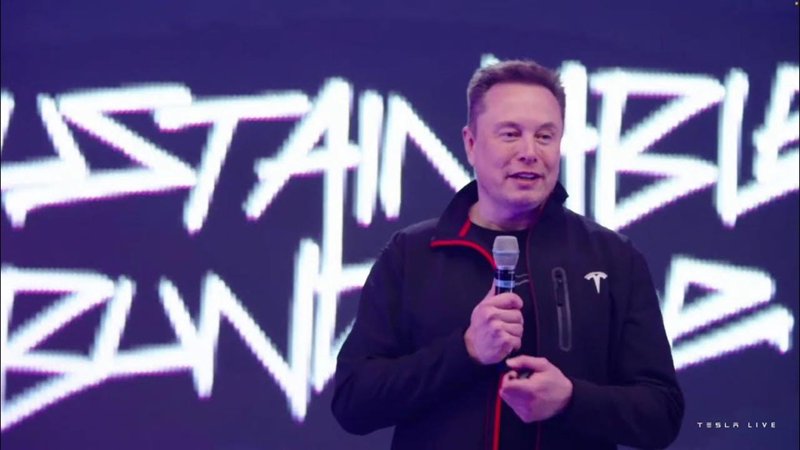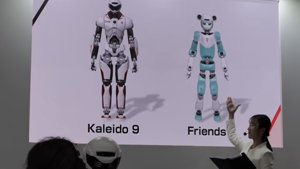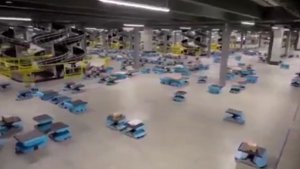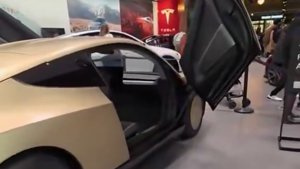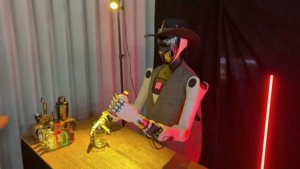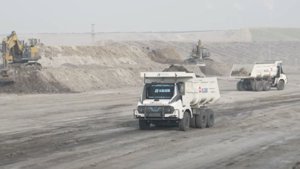When Elon Musk dances on stage, you know you’re in for more than just a quarterly earnings report. Tesla’s 2025 Shareholder Meeting was less a sober financial update and more a sci-fi manifesto delivered with the casual confidence of a man who just secured a compensation package that could fund a small nation. The agenda? A trifecta of world-altering products slated for production next year: the Optimus humanoid robot, the Tesla Semi, and the much-anticipated CyberCab.
The presentation was a firehose of audacious claims, from “eliminating poverty” with robots to enabling texting while driving. It was a classic Musk performance, blurring the line between visionary roadmap and reality-distortion field. But beneath the headline-grabbing pronouncements lies a concrete, if staggeringly ambitious, plan to pivot Tesla from a car company into a robotics and AI juggernaut.
The Optimus Supremacy: Your Future Butler or Overlord?
Forget about just building cars. Musk’s vision for Optimus is nothing short of planetary-scale deployment. He described the humanoid robot as potentially “the biggest product of all time,” predicting that every human will eventually want their own personal R2-D2. To that end, Tesla is planning the “fastest production ramp of any large complex manufactured product ever,” starting with a one-million-unit production line in Fremont, followed by a ten-million-unit facility in Texas.
The applications, according to Musk, are boundless.
“People often talk about like eliminating poverty, giving everyone amazing medical care,” he stated. “Well there’s actually only one way to do that and that’s with the Optimus robot.”
He went on to claim Optimus will eventually be a better surgeon than any human, with precision “that is beyond human.” In a more bizarre aside, he even proposed a “humane form of containment” for criminals, where an Optimus unit would simply follow them around to prevent future crimes. A personal parole officer bot—what could possibly go wrong?
Infinite Money and Uploading Your Brain
The economic implications, in Musk’s view, are staggering. He referred to Optimus as an “infinite money glitch,” capable of increasing the global economy by a factor of 10 or even 100. It’s a bold claim, positioning the robot not just as a product but as a fundamental economic multiplier.
This ambition is running parallel to the humanoid robot race, where competitors are also making significant strides. Just last week, XPENG made waves with its own increasingly lifelike designs, a story we covered in Translation not available (en-us) . The race to create a convincing, capable humanoid is clearly heating up.
But the vision extends beyond mere physical labor. When asked about the potential for downloading human consciousness into an Optimus body, Musk didn’t flinch. He suggested that, with the help of Neuralink, creating a “snapshot” of a person’s mind and uploading it to a robot could become possible in less than 20 years. Immortality, it seems, is now on the product roadmap.
Meanwhile, on the Roads…
Lest we forget Tesla still makes things with wheels, major updates are coming to the automotive lineup. The CyberCab, a purpose-built robotaxi with no steering wheel or pedals, is slated to begin production in April 2026. Musk described its manufacturing process as closer to that of consumer electronics than traditional cars, aiming for a cycle time of under 10 seconds per vehicle off the line.
This autonomous future is powered by Tesla’s next-generation silicon. Musk took a direct shot at the competition, claiming the new in-house AI5 chip would offer performance comparable to an Nvidia Blackwell chip at one-third the power consumption and less than 10% of the cost. “I’m super hardcore on chips right now,” he admitted. “I have chips on the brain. I dream about chips.”
Perhaps most controversially, Musk declared that Full Self-Driving (FSD) is becoming so capable that the company is “almost comfortable” allowing people to text and drive. He suggested this feature could be enabled in the next month or two, pending a review of safety statistics, arguing it’s what people want to do anyway. Regulators will surely have thoughts on that particular “killer app.”
A Trifecta of Production
To summarize, Tesla is gearing up for an unprecedented production push in 2026:
- Optimus: Initial production line in Fremont, with a massive 10-million-unit/year factory planned for Texas.
- CyberCab: Production begins in April 2026 in Texas, designed for extreme manufacturing efficiency.
- Tesla Semi: The long-awaited electric truck will also enter production next year.
The 2025 shareholder meeting was a dizzying spectacle of ambition. Musk laid out a future where Tesla’s humanoid robots reshape the labor force, its autonomous taxis dominate urban transport, and its AI hardware sets the industry standard. Whether this is a prophetic glimpse into the next decade or a masterfully executed performance to keep investors captivated remains to be seen. But one thing is certain: it won’t be boring.
